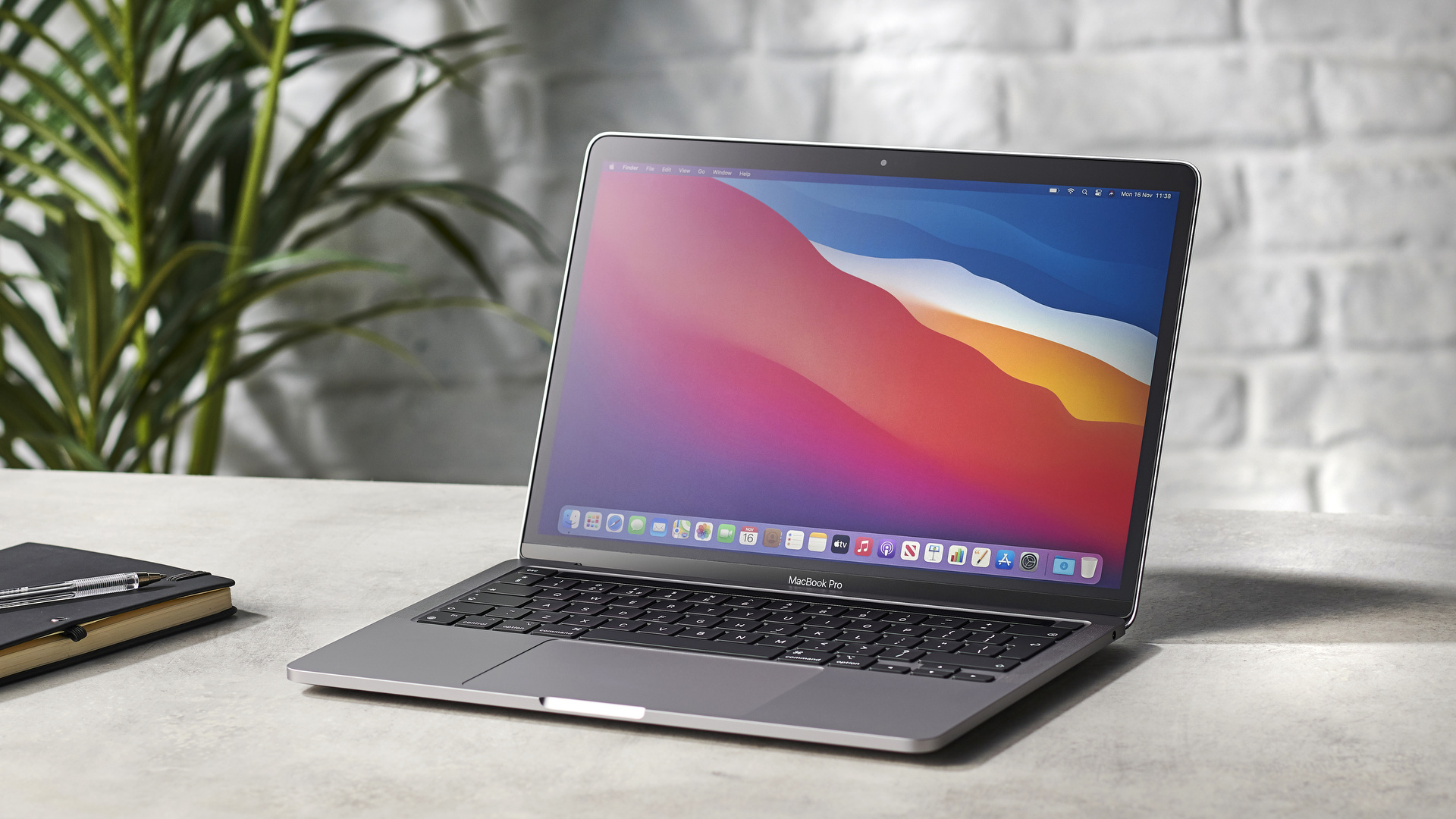Apple M1 Macs can now run Photoshop natively
M1 chip support brings a serious performance boost to Photoshop

Adobe has announced that its photo editing software Photoshop can now run natively on M1 Macs and take full advantage of the performance improvements built into Apple's new architecture.
Late last year Apple unveiled its new Arm-based M1 chip alongside a new MacBook Air, MacBook Pro and Mac Mini. Unfortunately for creatives that wanted to use one of these devices as either a workstation or even a mobile workstation, many popular apps didn't support Apple's latest devices at launch.
Thankfully though, software developers have been hard at work adapting their applications to run on M1 chips. For instance, you can now run Windows 10 on an M1 Mac using Parallels' virtual machine software and you will soon be able to run Android apps too as BlueStacks is working on adding support for Arm-based chips.
- We've assembled a list of the best photo cloud storage
- These are the best cloud backup services on the market
- Also check out our roundup of the best business laptops
While these two examples might not appeal to everyone, being able to run Photoshop on the latest Macs will likely be welcomed by creative professionals, web designers and others who rely on Creative Cloud to get their jobs done.
M1 chip support
According to a new blog post from Adobe, the company's internal tests on M1 Macs show a wide range of features in Photoshop running an average of 1.5 times faster when compared to similarly configured previous generation systems.
The tests conducted by the company covered a broad scope of activities in Photoshop including opening and saving files, running filters and even compute-heavy operations like Content-Aware Fill and Select Subject. Additionally, its early benchmarking shows that some operations are substantially faster with Apple's new chip.
However, there are still a few features that Adobe hasn't finished porting to run on the new M1 chip including Invite to Edit Cloud Documents and most notably Preset Syncing. In the end, the company decided to release Photoshop for M1 Macs without these features due to the fact that performance gains across the rest of the application were so great.
Sign up to the TechRadar Pro newsletter to get all the top news, opinion, features and guidance your business needs to succeed!
Adobe plans to continue working together with Apple to further optimize the performance of Photoshop and the rest of its software over time.
- We've also highlighted the best cloud storage
After working with the TechRadar Pro team for the last several years, Anthony is now the security and networking editor at Tom’s Guide where he covers everything from data breaches and ransomware gangs to the best way to cover your whole home or business with Wi-Fi. When not writing, you can find him tinkering with PCs and game consoles, managing cables and upgrading his smart home.
